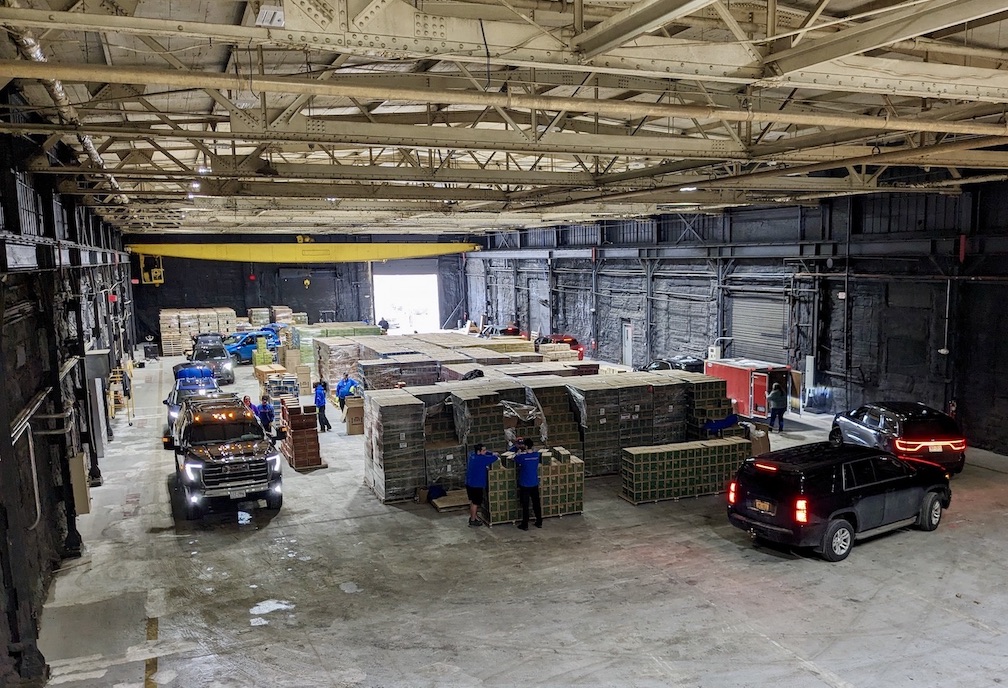Featured News - Current News - Archived News - News Categories
US Crystal Growing Competition invites students and teachers to do hands-on chemistry
By the University at Buffalo
From chocolate to snowflakes to salt, crystals are everywhere in our daily lives.
This fall, kids and teens across the country can grow their own big, sparkly crystals as part of the U.S. Crystal Growing Competition, founded by a University at Buffalo chemistry faculty member and organized by professional chemists across the nation.
“There is something almost magical about growing a large crystal and holding it in your hands,” says contest founder Jason Benedict, Ph.D., associate professor of chemistry in the UB College of Arts and Sciences. “One super awesome thing about growing crystals and participating in the competition? Kids can do this at home or at school.”
The contest challenges participants to grow the biggest, most beautiful crystals they can with aluminum potassium sulfate (alum), a nontoxic chemical used in water purification.
Oct. 1 is the deadline to order alum, the crystal-growing material. Crystal-growing starts on Oct. 18, coinciding with National Chemistry Week, and continues for five weeks.
K-12 students and teachers across the U.S. can compete, whether they’re back in the classroom or learning at home.
To enter the contest, visit the U.S. Crystal Growing Competition website to order alum, the crystal-growing material. Each 500-gram bottle of alum, enough for five crystals, costs $8, which includes shipping. Later, participants will be asked to mail their crystals to contest organizers for judging.
Winners choose from cash prizes or fun crystal models.
Want to know how to grow a big, sparkly crystal? Watch these videos:
Part 1: Growing a Seed Crystal
Part 2: Turning Your Seed Crystal Into a Large Crystal
Good alum crystals are colorless, transparent and octahedral. They sparkle when they catch the light.
Growing a great crystal isn’t easy: Go too fast, and you could see imperfections like occlusions or jagged edges (think rock candy). Go too slow, and you’ll end up with a miniscule crystal.
Testing different techniques is all part of the fun, Benedict says.
The contest’s organizers – known as the Crystallites – include Benedict and Tasha Benedict at UB; Karah Knope, Ph.D., at Georgetown University; Michael Nippe, Ph.D., at Texas A&M University; Jeff Rack, Ph.D., at the University of New Mexico; and Fernando Uribe-Romo at the University of Central Florida.
The U.S. Crystal Growing Competition is sponsored by the American Crystallographic Association (which is based in Buffalo); the U.S. National Science Foundation; VWR and Ward’s Science; the UB department of chemistry; Georgetown University department of chemistry; the Texas A&M department of chemistry; the University of Central Florida department of chemistry; the University of New Mexico department of chemistry and chemical biology; the University of Chicago Pritzker School of Molecular Engineering; the Western New York section of the American Chemical Society; Bruker; Krackeler Scientific; Rigaku; and individuals who have made donations.





























